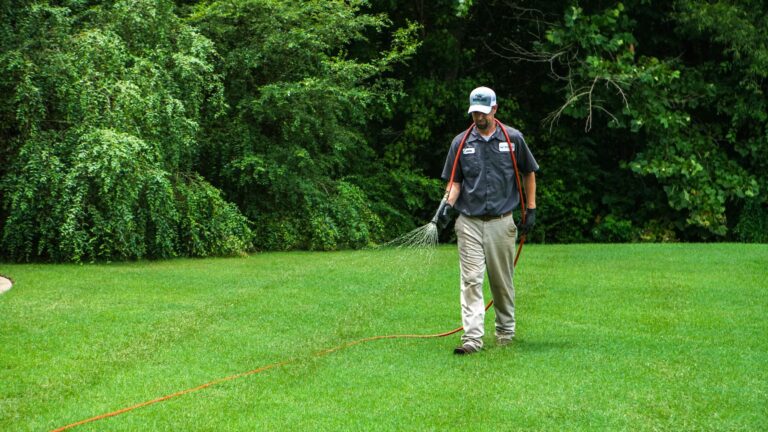Urban gardening has seen a remarkable rise in popularity as more people seek to connect with nature despite living in densely populated areas. One of the fundamental components of successful urban gardening is the strategic use of nursery containers. These containers serve as the foundation upon which urban green spaces thrive, providing plants with the necessary support, nutrients, and environment for healthy growth. In this article, we’ll delve into the significance of nursery containers in urban gardening and explore their various aspects, from types and materials to best practices and innovative approaches.
The Role Of Nursery Containers
Nursery containers play a crucial role in urban gardening by offering a controlled environment for plant growth. Unlike traditional garden beds, which may be limited in urban settings, containers provide flexibility, allowing gardeners to cultivate plants in diverse spaces such as balconies, rooftops, and small yards. This adaptability makes them indispensable for urban dwellers keen on maximizing their green footprint.
Types Of Nursery Containers
Nursery containers come in a variety of shapes, sizes, and materials, each with its own advantages and considerations. Traditional clay pots offer stability and breathability but may be heavier and prone to breakage. In contrast, plastic containers are inexpensive, lightweight, and long-lasting, which makes them a popular option among urban cultivators. Fabric pots, made from breathable fabric, promote air pruning of roots and can enhance overall plant health. Additionally, innovative options such as self-watering containers and vertical gardening systems provide space-saving solutions for urban environments.
Selecting The Right Container
Choosing the appropriate nursery container is crucial for the success of urban gardening endeavors. Factors such as plant species, available space, and environmental conditions must be taken into account when making selections. Compact plants like herbs and lettuces thrive in smaller containers, while larger vegetables and fruit-bearing shrubs require more room to grow. Additionally, considerations such as drainage holes, water retention, and insulation against temperature fluctuations play a significant role in container selection.
Optimizing Plant Health
Nursery containers contribute significantly to the health and vitality of urban garden plants. Proper soil mixtures, adequate drainage, and regular watering are essential for ensuring optimal growing conditions. Gardeners should also monitor for signs of nutrient deficiencies and adjust fertilization accordingly. Moreover, routine maintenance tasks such as pruning, pest control, and repotting help prevent issues and promote robust growth.
Environmental Sustainability
In the context of urban gardening, sustainability is a key consideration in the selection and use of nursery containers. Choosing containers made from eco-friendly materials such as recycled plastic or biodegradable fibers reduces environmental impact. Additionally, incorporating rainwater harvesting systems and composting organic waste minimizes resource consumption and promotes a closed-loop approach to gardening.
Community Engagement And Education
Urban gardening initiatives centered around nursery containers offer unique opportunities for community engagement and education. Initiatives such as community gardens, rooftop farms, and school-based programs promote social cohesion and environmental stewardship while facilitating access to fresh produce. By organizing educational seminars and conducting outreach activities that center around container gardening, individuals are equipped with the necessary knowledge and abilities to cultivate their own food, thereby making a positive environmental impact and enhancing the resilience of urban environments.
Conclusion
Nursery containers serve as the backbone of urban gardening, enabling individuals and communities to cultivate green spaces in even the most limited of environments. By understanding the importance of container selection, proper maintenance, and sustainable practices, urban gardeners can create thriving ecosystems that not only beautify their surroundings but also enhance food security, promote biodiversity, and foster a deeper connection to nature. As cities continue to evolve, nursery containers will remain essential tools for cultivating greener, healthier, and more vibrant urban environments.





















